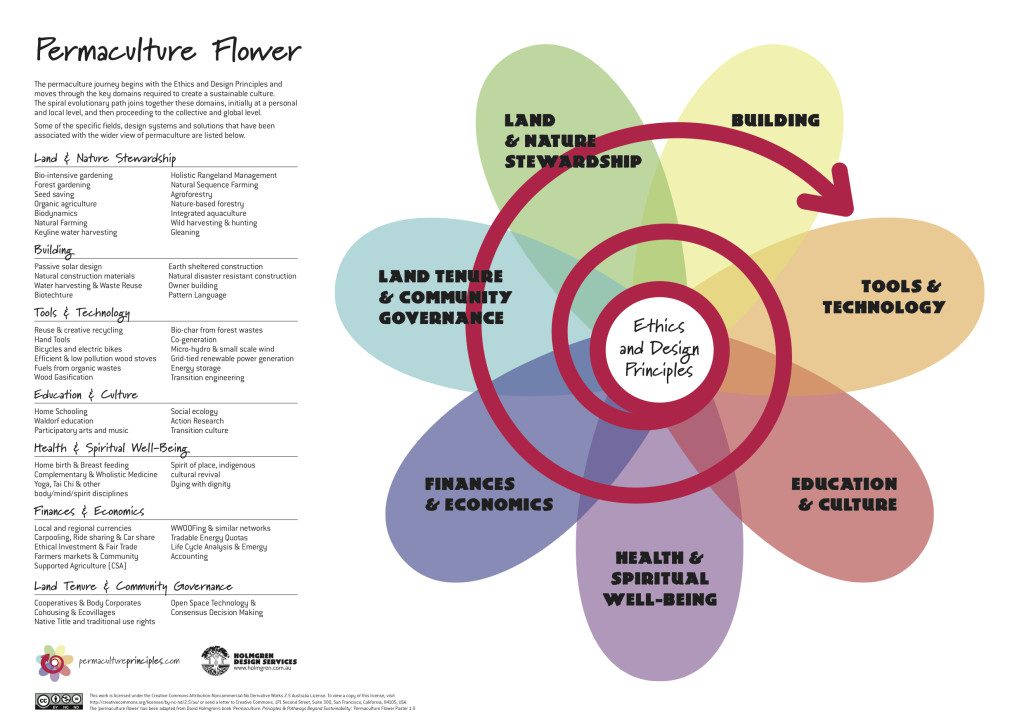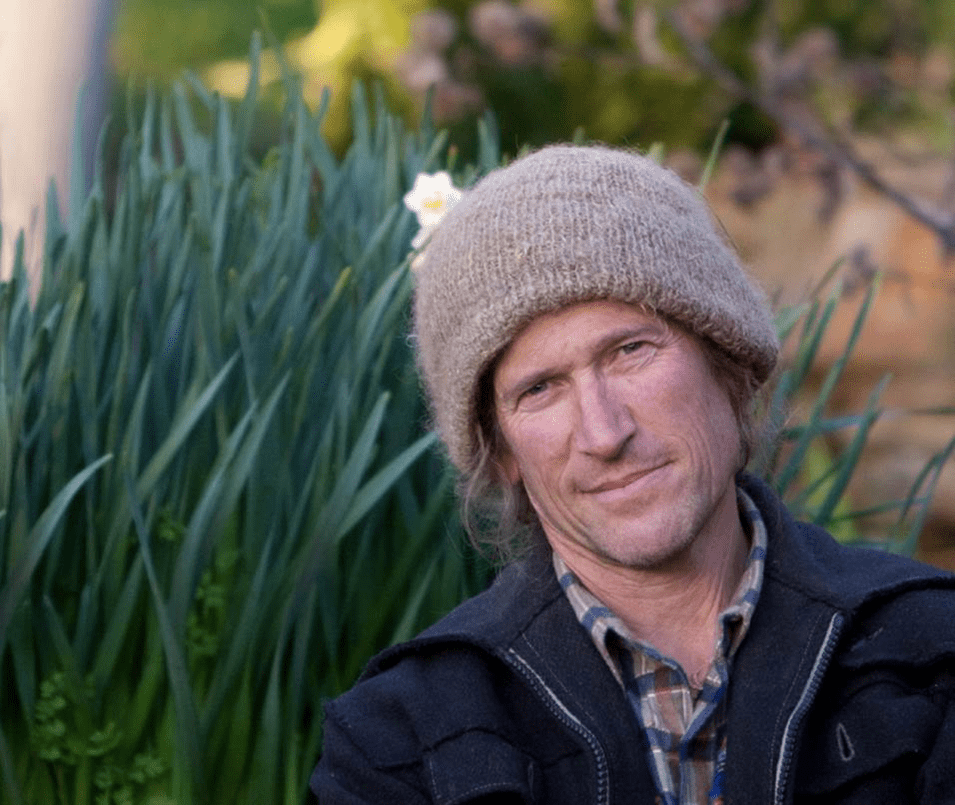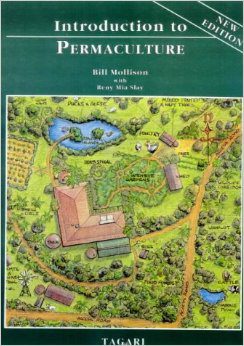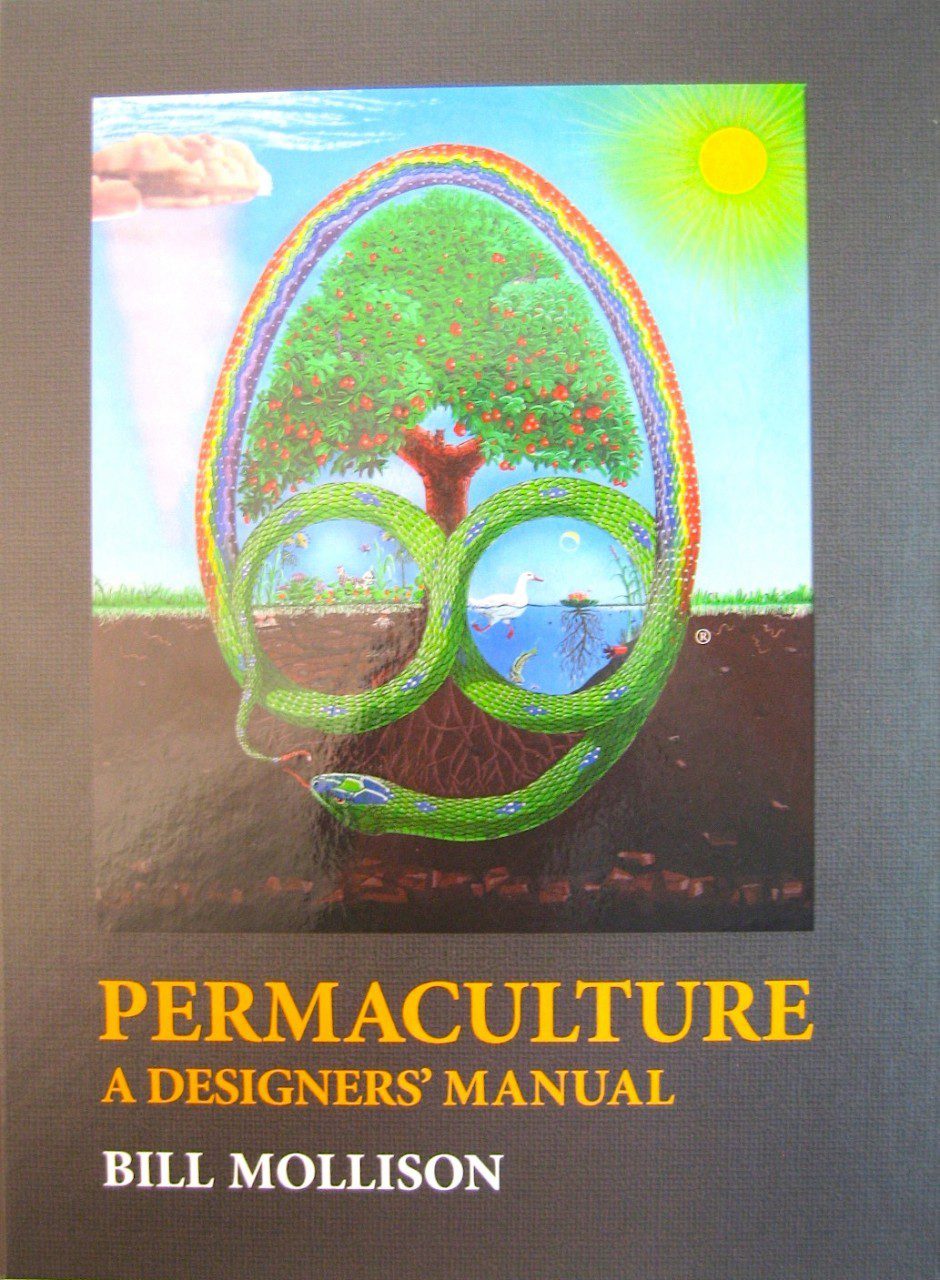 Guide To Permaculture Principles
Guide To Permaculture Principles
Evolving & Expanding Permaculture Principals For The Great Good
Life is constantly in motion and so are the thoughts and knowledge we garner from moment to moment, experience to experience. Being able to honor the old and humble enough to allow for the new is a honorable character trait to possess.
Below you will find David Holmgren's relatively recent revision of the permaculture principles from Permaculture: Principles and Pathways Beyond Sustainability. You can also find the original offerings from both Introduction To Permaculture, by Bill Mollison & Reny Mia Slay and Permaculture, a Designers' Manual, by Bill Mollison.
Twelve Permaculture design principles articulated by David Holmgren in his book Permaculture: Principles and Pathways Beyond Sustainability:
- Observe and interact: By taking time to engage with nature we can design solutions that suit our particular situation.
- Catch and store energy: By developing systems that collect resources at peak abundance, we can use them in times of need.
- Obtain a yield: Ensure that you are getting truly useful rewards as part of the work that you are doing.
- Apply self-regulation and accept feedback: We need to discourage inappropriate activity to ensure that systems can continue to function well.
- Use and value renewable resources and services: Make the best use of nature's abundance to reduce our consumptive behavior and dependence on non-renewable resources.
- Produce no waste: By valuing and making use of all the resources that are available to us, nothing goes to waste.
- Design from patterns to details: By stepping back, we can observe patterns in nature and society. These can form the backbone of our designs, with the details filled in as we go.
- Integrate rather than segregate: By putting the right things in the right place, relationships develop between those things and they work together to support each other.
- Use small and slow solutions: Small and slow systems are easier to maintain than big ones, making better use of local resources and producing more sustainable outcomes.
- Use and value diversity: Diversity reduces vulnerability to a variety of threats and takes advantage of the unique nature of the environment in which it resides.
- Use edges and value the marginal: The interface between things is where the most interesting events take place. These are often the most valuable, diverse and productive elements in the system.
- Creatively use and respond to change: We can have a positive impact on inevitable change by carefully observing, and then intervening at the right time.
Permaculture principles offered by the Introduction to Permaculture by Bill Mollison and Mia Slay.
Relative location.
Each element performs many functions.
Each important function is supported by many elements.
Efficient energy planning: zone, sector and slope.
Using biological resources.
Cycling of energy, nutrients, resources.
Small-scale intensive systems; including plant stacking and time stacking.
Accelerating succession and evolution.
Diversity; including guilds.
Edge effects.
Attitudinal principles: everything works both ways, and permaculture is information and imagination-intensive.
Permaculture, a Designers' Manual, by Bill Mollison offers these nice nuggets which are now regarded as more of the philosophy of permaculture.
Work with nature rather than against.
The problem is the solution.
Make the least change for the greatest possible effect.
The yield of a system is theoretically unlimited (or only limited by the imagination and information of the designer).
Everything gardens (or modifies its environment).




